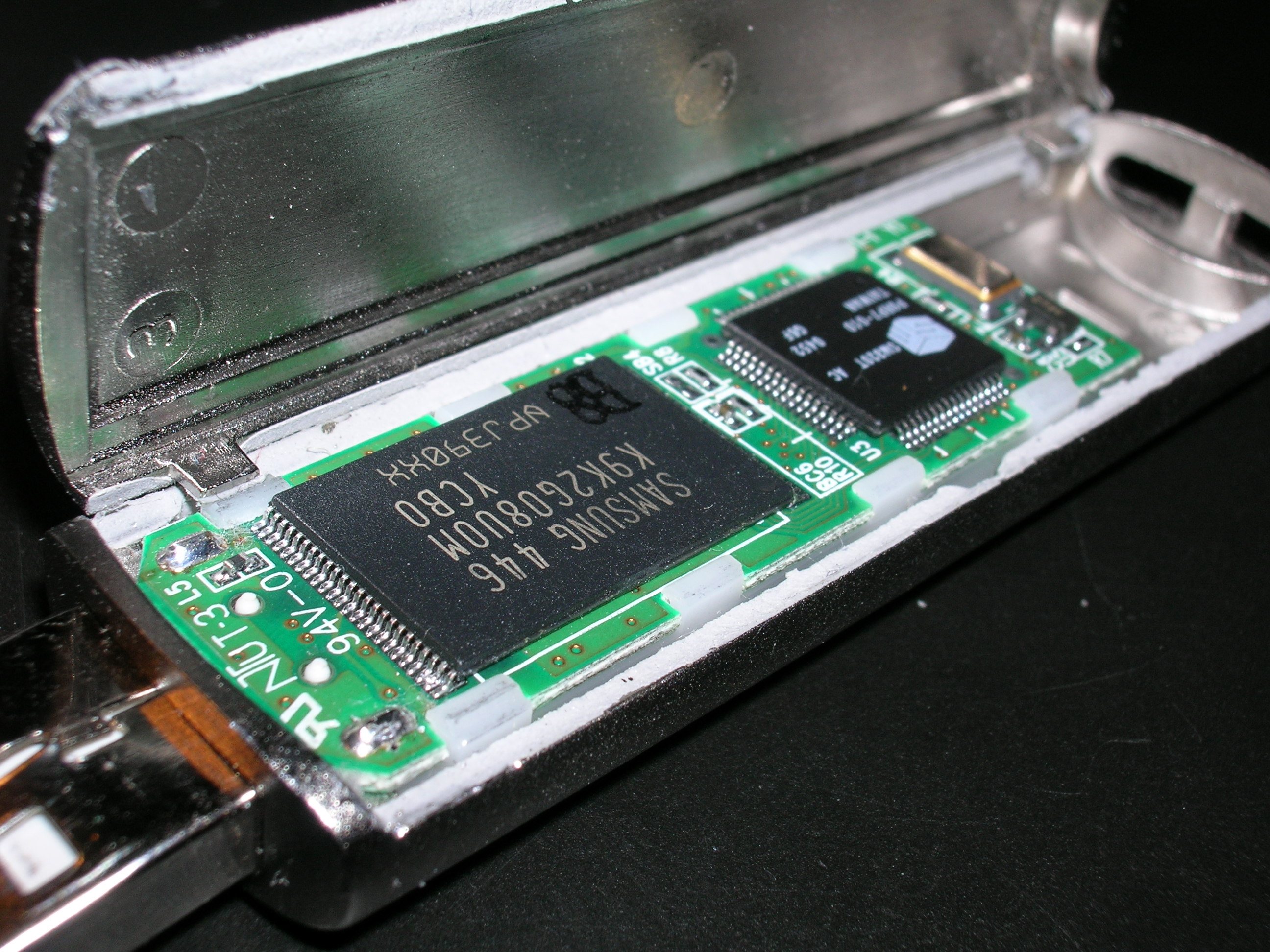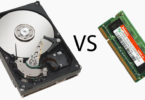Difference Between Flash Memory and Solid State Drives
Summary: Difference Between Flash Memory and Solid State Drives is that Flash memory is a type of nonvolatile memory that can be erased electronically and rewritten. A solid state drive (SSD) is a storage device that typically uses flash memory to store data, instructions, and information.

Flash Memory
Flash memory is a type of nonvolatile memory that can be erased electronically and rewritten. Most computers use flash memory to hold their startup instructions because it allows the computer easily to update its contents. For example, when the computer changes from standard time to daylight savings time, the contents of a flash memory chip (and the real-time clock chip) change to reflect the new time. Flash memory chips also store data and programs on many mobile computers and devices, such as smart phones, portable media players, PDAs, printers, digital cameras, automotive devices, digital voice recorders, and pagers. Some portable media players store music on flash memory chips. Others store music on tiny hard disks or flash memory cards. Flash memory cards contain flash memory on a removable device instead of a chip.
Solid State Drives
A solid state drive (SSD) is a storage device that typically uses flash memory to store data, instructions, and information. With available sizes of 3.5 inches, 2.5 inches, and 1.8 inches, SSDs are used in all types of computers including servers, desktop computers, and mobile computers and devices such as portable media players and digital video cameras.
Storage capacities of current SSDs range from 16 GB to 256 GB and more. SSDs have several advantages over magnetic hard disks.
- Access times of SSDs are about 0.1 ms, which is more than 80 times faster than a hard disk.
- Transfer rates of SSDs are faster than comparable hard disks.
- SSDs generate less heat and consume less power than hard disks.
- Manufacturers claim that SSDs will last more than 50 years, which is much greater than the 3 to 5 year hard disk stated lifespan.
The disadvantages of SSDs are they currently have a higher failure rate than hard disks, and their cost is much higher per gigabyte. As the price of SSDs drops, experts estimate that increasingly more users will purchase computers and devices that use this media.
Also Read:
Difference Between Hard Disk and Solid State Drives
Difference Between Motherboard and CPU
Difference Between System Unit and Peripheral
Difference Between Buffer and Cache







Leave a Comment
You must be logged in to post a comment.